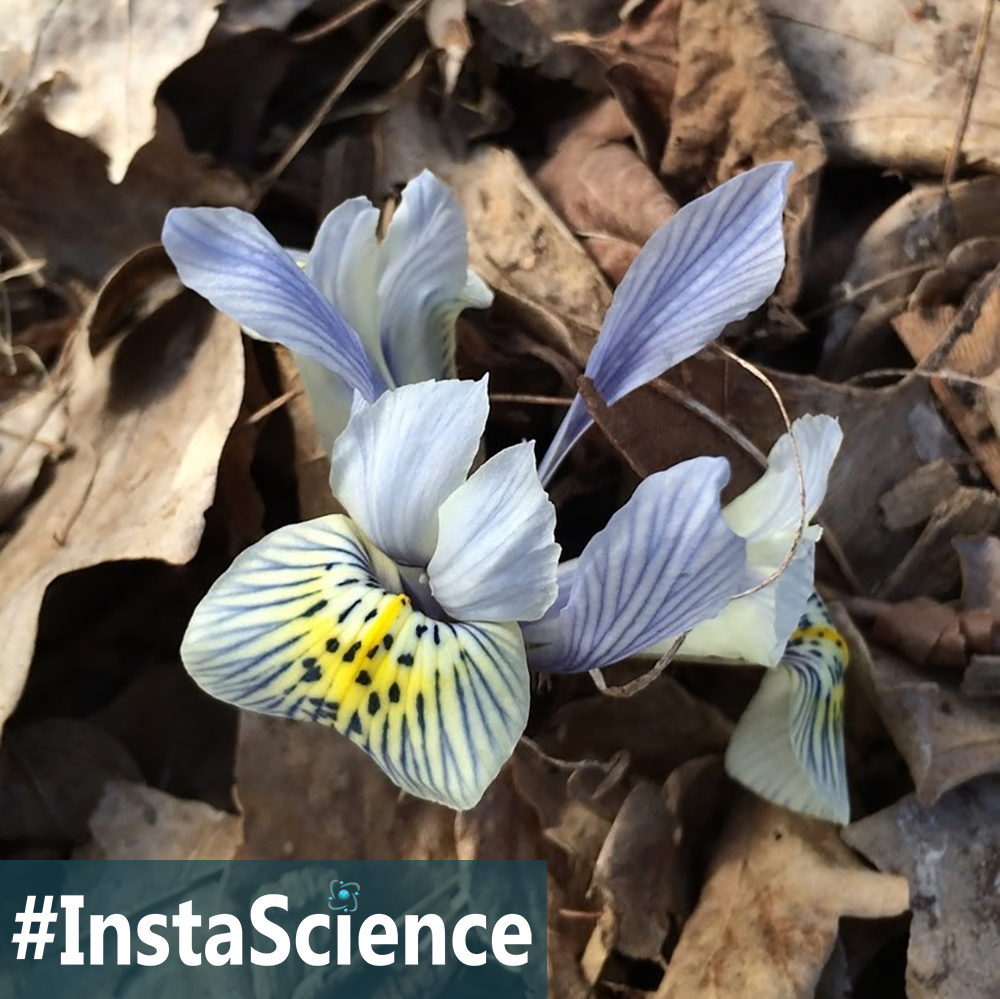
The iris was one of my mom’s favorite flowers and to this day, I can’t see one of these blooms without thinking of her. These showy purple, blue, yellow, orange, or white flowers have served as the symbol of the French monarchy and are named after the Greek goddess who rode the rainbows.
The bloom of the iris is typically composed of three upward petals and three downward sepals that look like petals. The petals are called standards and the sepals are called falls. The falls serve as a guide and landing pad for pollinators, so you will often see bright lines or hairs leading to the mouth of the blossom on the sepals.
The iris typically blooms in late spring or early summer. Each plant can produce 9 to 12 blooms a season. These flowers are each on their own stem and are flanked by long sword-like foliage. Irises can form a bulb in drier climates or a network of creeping rhizomes, which is a thick horizontal root that can send out stems and roots at intervals.
Irises are cultivated around the globe, but they are thought to have originated in the more temperate parts of Europe and Asia. There are around 300 different species of irises that can be found in several different types of habitats. Wherever they may grow, irises are known to attract butterflies, hummingbirds, and humans who stop to enjoy their stately blooms!
Fun Fact – The iris has a long artistic history – it is believed to be the flower on the Sphinx, it was a favorite subject of Vincent Van Gogh, and it is the inspiration behind the iconic Fleur-de-lis.
Related Homeschool Science Activities
Keep the learning going with these science activities!
- Draw Irises – Watch the following video on how to draw an iris and create your own version of these majestic flowers.
- Poem – “Iris” by David St. John

 Sign up below to receive weekly tips & tools for homeschool science and we'll send you a FREE copy of
Sign up below to receive weekly tips & tools for homeschool science and we'll send you a FREE copy of